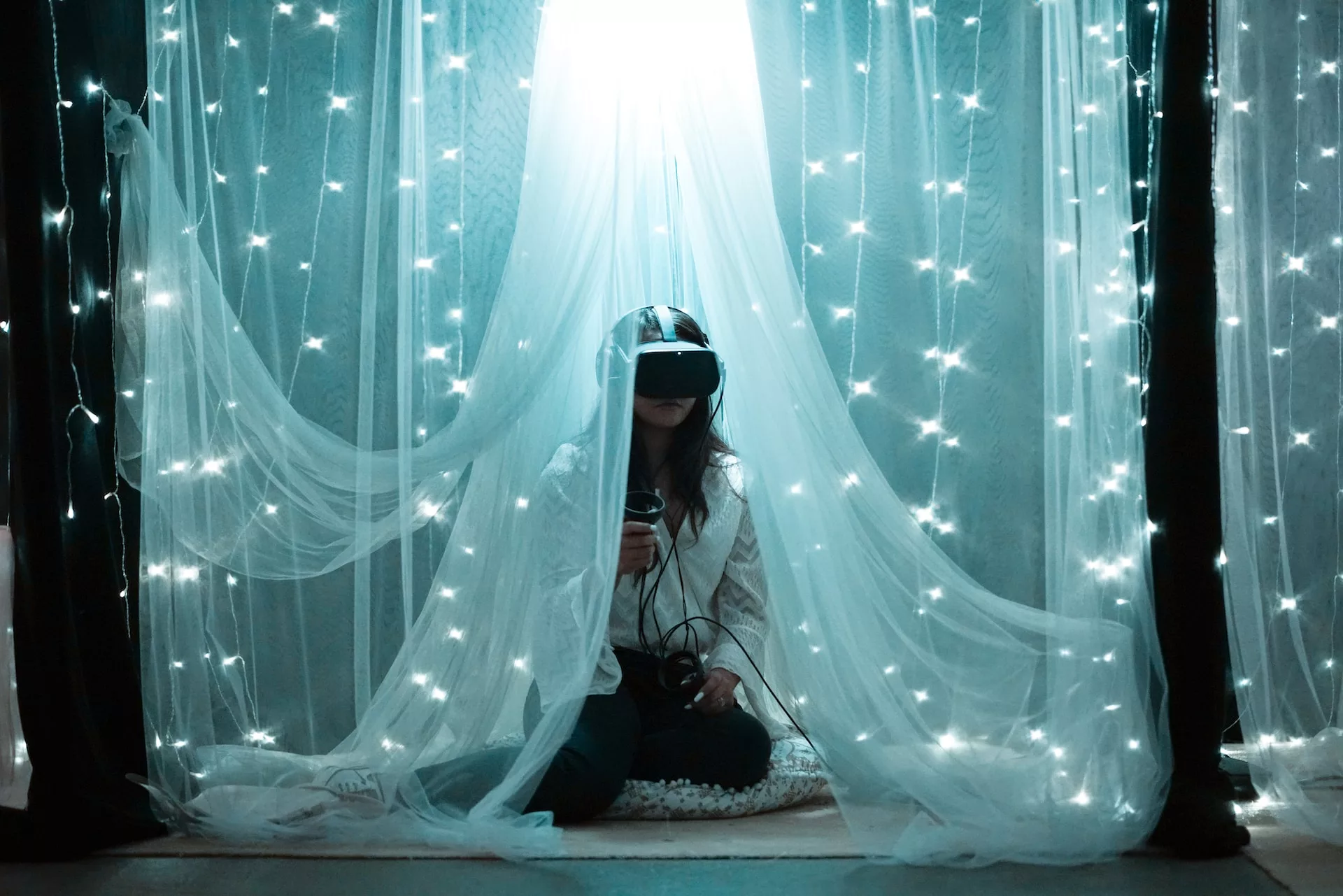If our experiences differ, can be manipulated, and can contain artificial phenomena, does reality exist? Image Credit: Barbara Zandoval via Unsplash
Plato’s allegory of the cave details the story of a shackled man, bound from birth and forced to interpret reality through the projected shadows of passers-by. Having faced one direction all his life, his perspective is limited to the reality that he is exposed to. However, once free of these shackles, a reality shift occurs as the true nature of his environment is revealed. Here he realises that the shadow world that he once knew, was a mere mirage. Upon exiting the cave, the man is exposed to a larger world where physical objects such as trees, rivers, and humans reside. Hence, another paradigm shift occurs, in which he experiences the full extent of reality. Interpreting this allegory through the lens of physical existence begs the questions: what is reality and to what extent can the human brain understand it?
Reality can be described as the state of things as they are, not as they are imagined to be. Light travels roughly 870,000 times faster than sound and, due to this delay, our brains extrapolate to create a cohesive reality that aligns our perceptions with our physical experiences. If our brains already extrapolate to form a congruent reality, akin to the man in the cave, our existence could well be a muted shadow representation of true reality.
Even where humans are subject to the same environment, experiences can be altered through medical conditions or external stimuli such as hallucinogens. If different people can encounter different versions of a base reality, reality may just be a collective experience shared by the majority. Individuals in the same location witness sunrise at the same time, therefore it can be argued that reality begins when experienced by the majority.
A dehydrated person on the Saharan planes will experience mirages and hallucinate a warped series of events, hence reality could cease to exist when the minority experience contradictory phenomena. As the adage goes, if a tree falls in a forest and no one is there to witness it, did the tree truly fall? In other words, if an event happens to the minority and the majority do not experience it, it must be questioned if the event actually occurred.
As the adage goes, if a tree falls in a forest and no one is there to witness it, did the tree truly fall?
There are universal truths and physical laws that have been derived to describe our reality. But similar to the prisoners bound in Plato’s cave, our reality could be described as a series of regular patterns limited by the human mind’s comprehension. So how do we know what we experience as a majority is the full reality?
Each organism has an Umwelt, a surrounding environment that is taken to be its subjective reality. Through sensory substitution studies, neuroscientists such as David Eagleman (Adjunct Professor at Stanford University) have demonstrated that this Umwelt can be altered by tricking the human brain into “qualia”, subjective conscious experiences. These induced experiences, such as hearing the sense of touch, highlight how the sensory capacity of our objective reality is constrained by our physical biology. European robins use magnetic field lines to navigate their surroundings, bats use echolocation to visualise their habitat, and since the human experience of the electromagnetic spectrum is constrained to the visual spectrum, we cannot naturally harness or bear witness the full extent of the Umwelt.
There are many phenomena that are invisible to human sensory receptors, yet are pervasive and ever-present. Hence, a new definition of reality is required that encompasses its ability to contain artificial sensory phenomena, especially with the rapid rise of virtual reality. As virtual reality becomes more immersive, we should become more comfortable with shifting definitions of reality. The ability to warp our objective Umwelt will improve, leading to a point where virtual reality ceases to be virtual. Some will choose to reside and build entire lives in this new reality. At this nexus point, how do we define reality and to what extent does it become a fantasy?
As virtual reality becomes more immersive, we should become more comfortable with shifting definitions of reality
There are many questions—and fewer answers—that illustrate why the nature of reality is truly a mystery. Yet, one step would be to fully engage with all facets of reality beyond our Umwelt. Without this, we are like the unfortunate people in Plato’s cave, shackled by our local misconceptions of reality and bound by our physical limitations to experience it.





